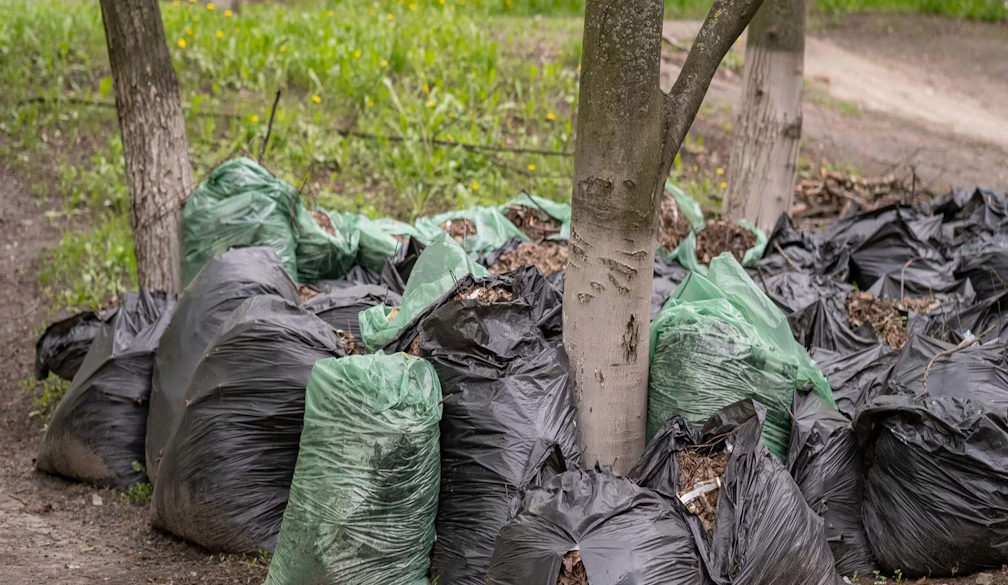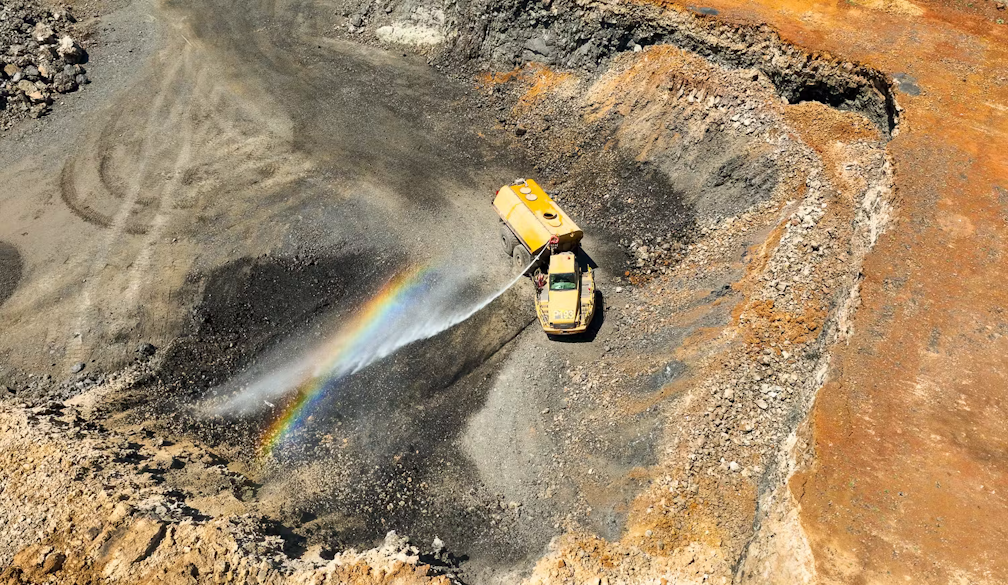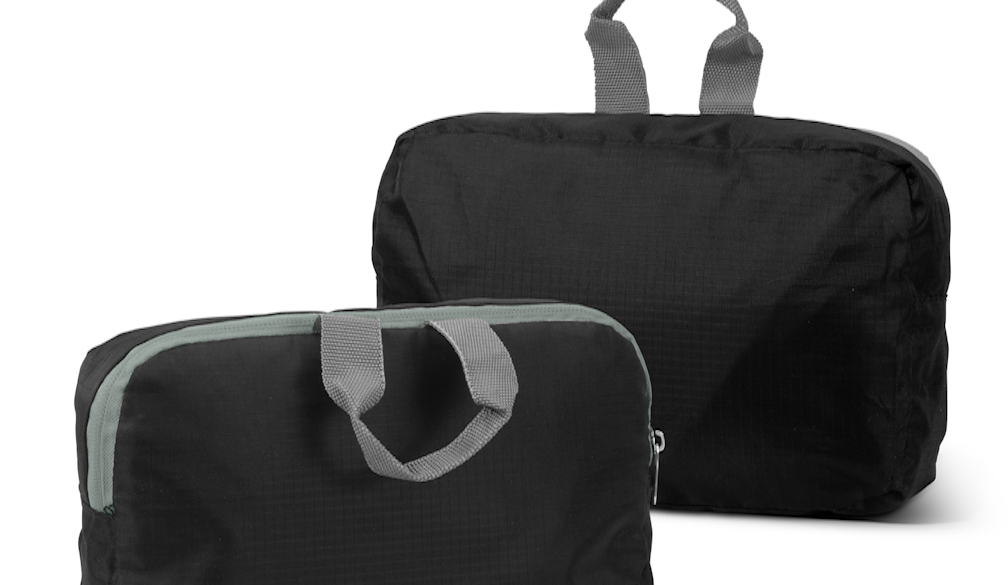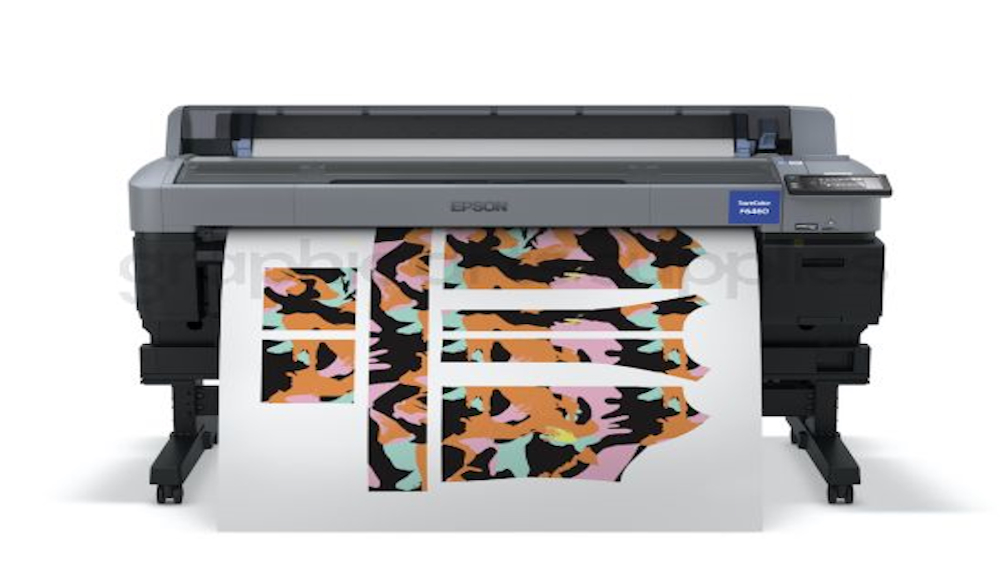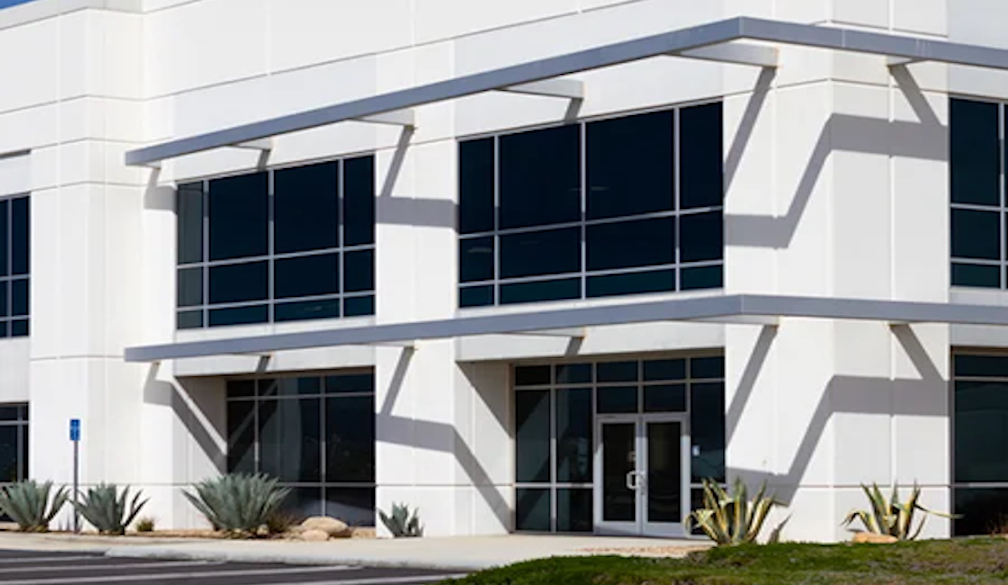Cost Considerations for Eco-Friendly Boxes and Packaging
- Written by The Post
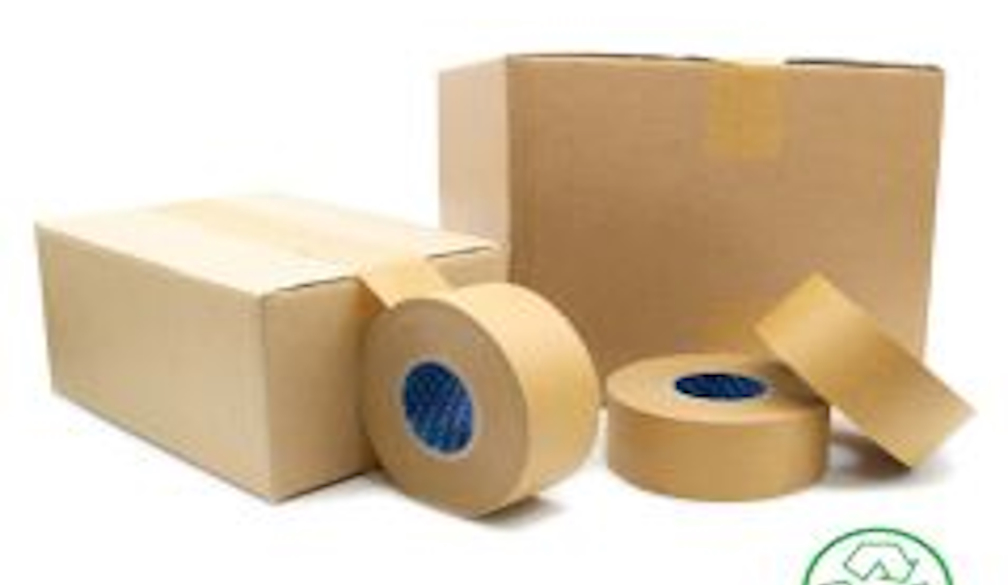
As the demand for sustainable products continues to grow, many businesses are transitioning to eco-friendly boxes & packaging. While the environmental benefits of sustainable packaging are clear, cost considerations often play a significant role in the decision-making process. This article explores the key cost factors associated with eco-friendly packaging and offers insights into how businesses can balance sustainability with financial viability.
1. Material Costs
One of the primary cost considerations for eco-friendly packaging is the choice of materials. Sustainable packaging materials, such as recycled paper, cardboard, biodegradable plastics, and plant-based alternatives, often come at a higher price than traditional materials. This is due to several factors, including the cost of raw materials, the complexity of the manufacturing process, and the scale of production.
Consideration:
While the initial cost of eco-friendly materials may be higher, businesses can often offset these expenses through bulk purchasing or by establishing long-term relationships with suppliers. Additionally, as demand for sustainable packaging increases, economies of scale may drive down costs, making eco-friendly options more competitive with conventional materials.
2. Production and Manufacturing Costs
Eco-friendly packaging often requires specialised production techniques that can increase manufacturing costs. For example, producing biodegradable plastics may involve more complex processes than those used for conventional plastics, leading to higher production expenses. Similarly, packaging made from recycled materials may require additional processing to ensure quality and consistency.
Consideration:
To manage production costs, businesses can explore partnerships with manufacturers who specialise in eco-friendly packaging. These suppliers often have the expertise and equipment needed to produce high-quality sustainable packaging efficiently. Additionally, investing in technology and equipment that supports eco-friendly production methods can reduce long-term costs and improve overall sustainability.
3. Customisation and Design Costs
Customisation is a significant factor in the cost of eco-friendly packaging. Tailoring packaging to meet specific brand requirements, such as unique shapes, sizes, or printing, can add to the overall expense. Sustainable packaging materials may also have limitations in terms of design flexibility, which can influence the cost of customisation.
Consideration:
Businesses can mitigate customisation costs by opting for standardised packaging designs that can be easily adapted for different products. Working with experienced designers who understand the capabilities and limitations of eco-friendly materials can also help create cost-effective custom packaging solutions. Furthermore, investing in innovative design techniques, such as digital printing, can reduce waste and lower costs associated with traditional printing methods.
4. Distribution and Logistics Costs
The choice of packaging materials can also impact distribution and logistics costs. Eco-friendly packaging, particularly when made from lightweight or biodegradable materials, may offer advantages in terms of reduced shipping costs. However, some sustainable materials may require additional protective packaging or handling, which can increase logistics expenses.
Consideration:
To optimise distribution costs, businesses should consider the weight, durability, and protective qualities of their packaging materials. Lightweight eco-friendly options can reduce shipping costs, while sturdy, recyclable materials can minimise the need for additional protective packaging. Collaborating with logistics providers to develop efficient shipping strategies for sustainable packaging can further reduce costs.
5. Regulatory and Compliance Costs
As governments and regulatory bodies continue to enforce stricter environmental standards, businesses may face additional costs related to compliance with eco-friendly packaging regulations. These costs can include testing, certification, and labelling requirements, as well as potential fines for non-compliance.
Consideration:
Staying informed about the latest regulations and industry standards is crucial for businesses that use eco-friendly packaging. By proactively ensuring compliance, businesses can avoid costly penalties and enhance their reputation as environmentally responsible companies. Additionally, certifications and eco-labels can serve as marketing tools, attracting eco-conscious consumers and potentially offsetting the cost of compliance.
6. Long-Term Savings and ROI
While the upfront costs of eco-friendly packaging may be higher, it’s essential to consider the long-term savings and return on investment (ROI). Sustainable packaging can lead to cost savings in areas such as waste management, energy consumption, and customer retention. Consumers are increasingly willing to pay a premium for products that are sustainably packaged, which can improve profitability over time.
Consideration:
Businesses should evaluate the total cost of ownership when choosing eco-friendly packaging, taking into account both initial expenses and potential long-term savings. Conducting a cost-benefit analysis can help determine the most cost-effective sustainable packaging solutions that align with business goals and customer expectations.
Conclusion
Eco-friendly boxes and packaging present both opportunities and challenges for businesses looking to enhance their sustainability efforts. While there are cost considerations to navigate, the long-term benefits of adopting sustainable packaging solutions can outweigh the initial expenses. By carefully considering material costs, production methods, customisation, logistics, and regulatory compliance, businesses can achieve a balance between cost efficiency and environmental responsibility, ultimately contributing to a more sustainable future.


